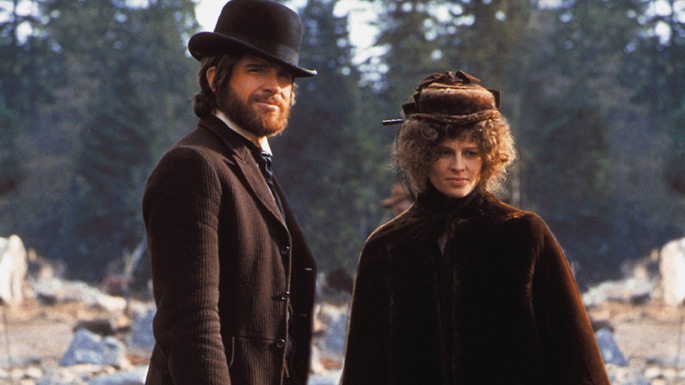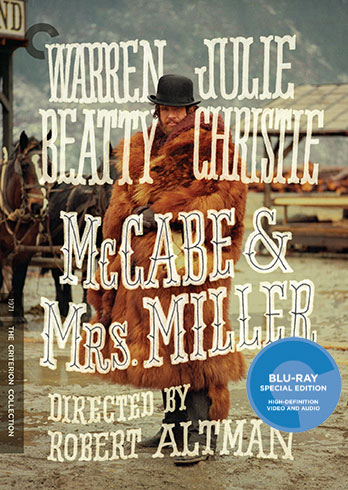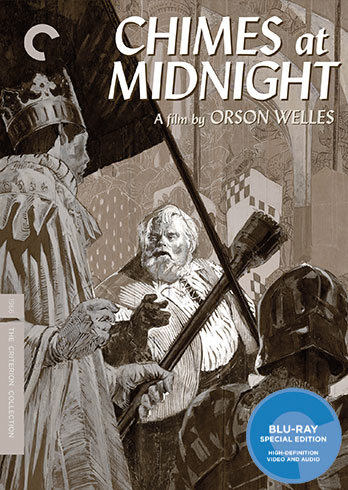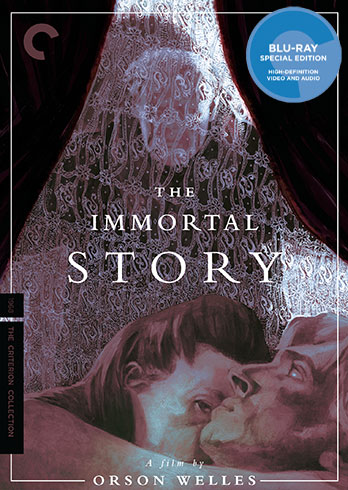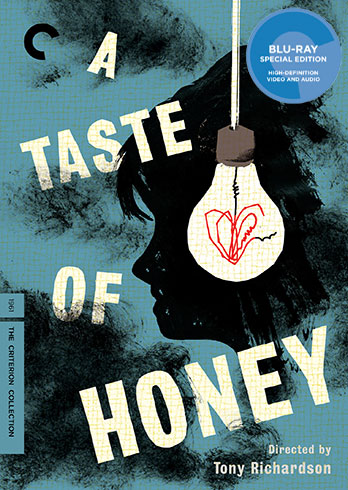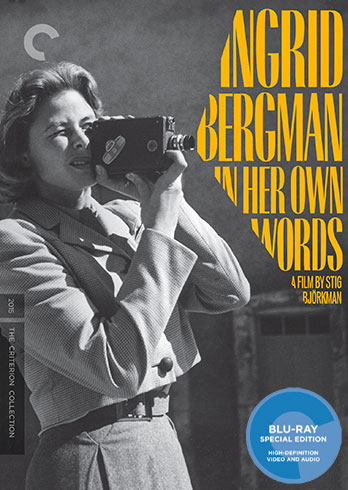
Dailies is a round-up of essential film writing, news bits, videos, and other highlights from across the Internet. If you’d like to submit a piece for consideration, get in touch with us in the comments below or on Twitter at @TheFilmStage.
Listen to Anna Karina‘s recent one-hour talk at Film Forum (and read highlights from her trip to BAMcinematek):
The Criterion Collection’s August 2016 line-up has been unveiled (click titles for more details):
Yorgos Lanthimos analyzes a scene from The Lobster and visit The Criterion Collection:
David Bordwell looks at the films of Terence Davies, and Mark Kermode discusses his five favorites from the director:
If you needed proof of the unpredictable, zigzag influence of Hollywood cinema, look no farther than the films of Terence Davies. When he saw his first film, Singin’ in the Rain (1952), he knew utter rapture, and his early years were illuminated by visits to the local movie house. But unlike other cinephile directors, he didn’t turn retro. His first two masterpieces, Distant Voices, Still Lives (1988) and The Long Day Closes (1992), decant the splendors of American musicals into vessels more severe and melancholy. The brooding lyricism of these films, presented in a stringently geometrical pictorial style, makes them almost unrecognizable cousins of the 1950s films that nourished him.
Reverse Shot‘s Michael Koresky compares specific shots from Maidan and The Tree of Life:
It would be evident even to a child that Maidan and The Tree of Life are films with very little in common. Arguably both may seek to cleanse the viewer through some kind of aesthetic rigor, yet generically, formally, even spiritually, they exist at opposite poles of filmmaking. Loznitsa’s film grinds you down, while Malick’s seeks to lift you up. The former is what most people would call a documentary, while just about no one would consider the latter—a dreamlike, fragmentary period drama that features cameos from dinosaurs—as such. The gulf between their approaches is just as wide as their typical categorizations, with Maidan grimly holding vigil over history as it’s being made, and The Tree of Life fancifully rocketing through the universe as it may have been created. Yet the two shots in question reveal something similar—and inextricable—about the moviemaking apparatus, that the camera can only capture whatever reality is put in front of it, however manipulated or contrived that reality may be.

